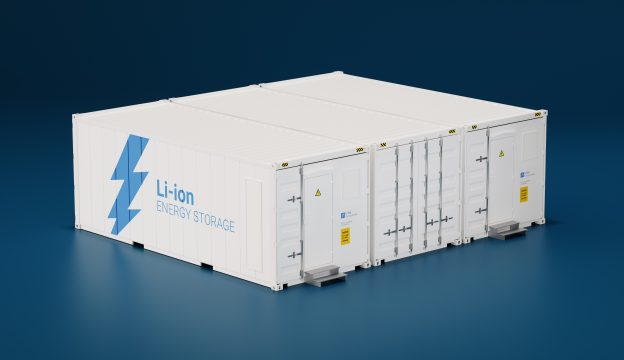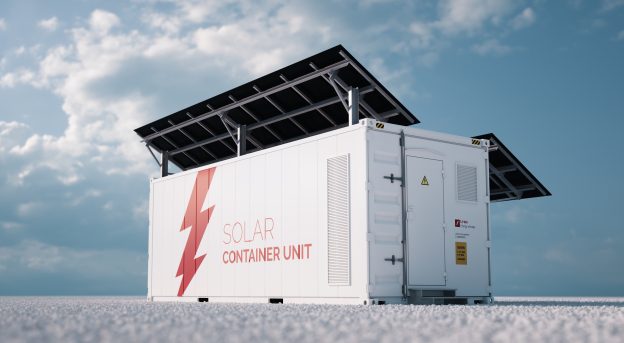
Nissan’s electric ambulance officially hit the road in Tokyo as the first electric ambulance in Japan, though its motor and battery configuration is relatively on the low end, which may raise concern.
This electric ambulance is modified from the electric van NV400 of Nissan, and will be serving at the Ikebukuro Station of the Tokyo Fire Department. Although it is a Nissan model, the prototype of NV400 was derived from Renault’s Master ZE.
One may think that the powerful propulsion and rapid acceleration of electric vehicles would be optimal when applied on ambulances that are against the clock, yet the power element of this car is identical to the initial design of Renault that adopts an electric motor with an efficiency of 55kW, and is configured with a 33kWh battery unit that releases approximately 74kW of horsepower, with a maximum torsion of 220 N-m, which is considerably low to a van.
Nonetheless, an electric ambulance comes with advantages like lower noise and vibration level compared to fossil fuel vehicles, which benefits patients and medical staffs who are required to operate precision instruments. In addition, the maintenance and energy consumption cost of an electric ambulance is relatively lower which would facilitate an easier operation. This electric ambulance is configured with an independent 8kWh battery that provides battery for the electronic equipment within the ambulance to avoid depleting the driving distance of the vehicle, and is also used as a small generator that transmits power to external equipment on emergency sites. The stretcher on the vehicle is also equipped with an electric motor that simplifies the emergency procedure for the medical staffs.
Despite the aforementioned advantages, the ambulance is configured with relatively low power and horsepower, where one can’t help but think about its capability in fast speed and continuous dispatches. Another problem besides the small capacity battery is the possible shortage of electricity during major natural disasters, where there is insufficient power to provide continuous electricity to the vehicle. Hence, this electric ambulance may be adequate in handling daily affairs, but may be a little trickier when faced with urgent circumstances.
Electric vehicles have been successively expanding outside of the passenger vehicle field, and US automotive manufacturer Ford is also accelerating on the implementation of electric ambulances. An increased number of electric vehicles for public uses is expected to occur in the near future.
(Cover photos source: Nissan JP)







